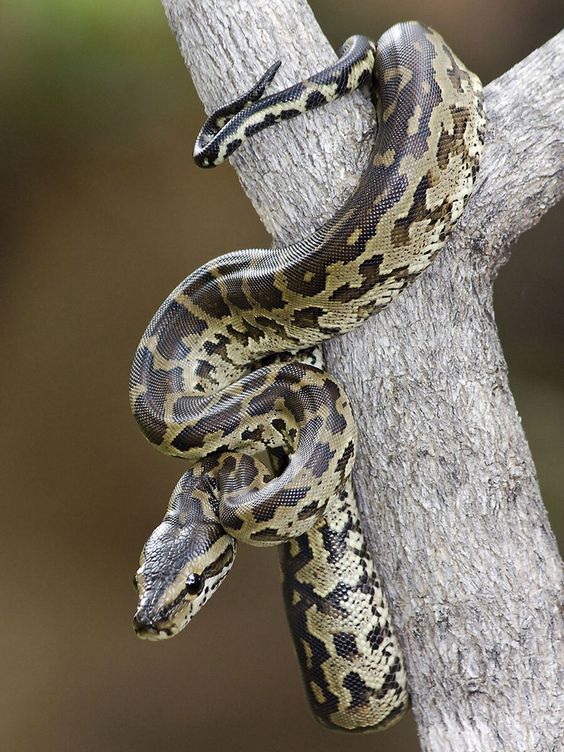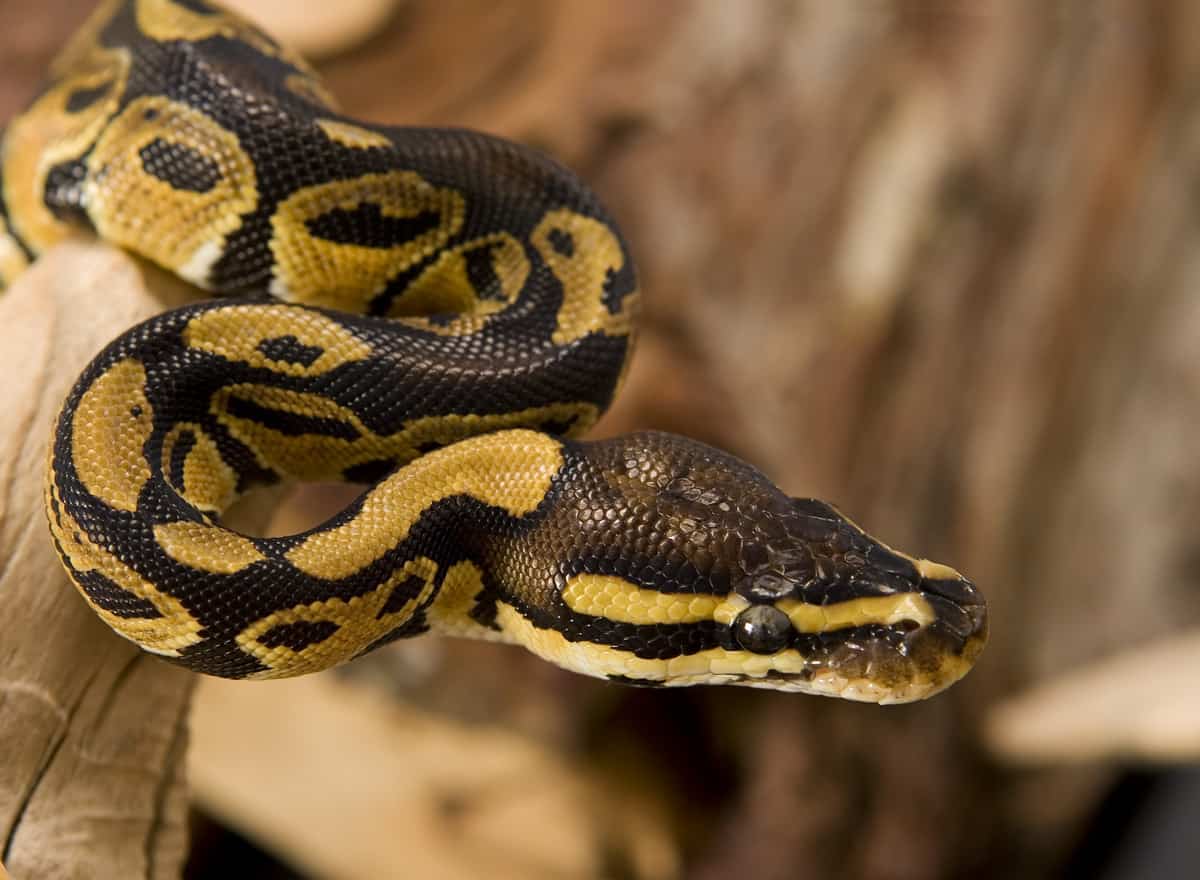

jampeanus clade, but it is not yet formally described. Apparently, the population of the Sangihe Islands north of Sulawesi represents another such subspecies, which is basal to the P. (2002) it does not exceed 4 m (13 ft 1 in) in length. This subspecies represents a sister lineage to all other populations of reticulated pythons tested. saputrai Auliya et al., 2002 – Selayer reticulated python, occurs on Selayar Island in the Selayar Archipelago and also in adjacent Sulawesi. Found on Tanahjampea in the Selayar Archipelago south of Sulawesi. (2002), not reaching much more than 2 m (6 ft 7 in) in length. jampeanus Auliya et al., 2002 – Kayaudi reticulated python or Tanahjampean reticulated python, about half the length, or according to Auliya et al.

reticulatus ( Schneider, 1801) – Asiatic reticulated python Neither of these proposed reclassifications has been recognized by the ITIS, but Malayopython has been recognized by a number of subsequent authors and the Reptile Database.
PYTHON SNAKE CODE
Hoser has since said that the Malayopython name is a junior synonym of Broghammerus, thus it should not be recognized by the International Code of Zoological Nomenclature. Graham Reynolds and colleagues subsequently described the genus Malayopython for this species and its sister species, the Timor python, calling the Timor python M. However, this and numerous other names by the same author were criticized by several authors, who proposed ignoring them for the purposes of nomenclature. They adopted and redefined the genus name Broghammerus. Rawlings and colleagues reanalysed Kluge's morphological data and combined it with genetic material, and found the reticulated clade to be an offshoot of the Australo-Papuan lineage as well. Raymond Hoser erected the genus Broghammerus for the reticulated python in 2004, naming it after German snake expert Stefan Broghammer, on the basis of dorsal patterns distinct from those of the genus Python, and a dark mid-dorsal line from the rear to the front of the head, and red or orange (rather than brown) iris colour. In a 2004 genetics study using cytochrome b DNA, Robin Lawson and colleagues discovered the reticulated python as sister to Australo-Papuan pythons, rather than Python molurus and relatives. Kluge performed a cladistics analysis on morphological characters and recovered the reticulated python lineage as sister to the genus Python, hence not requiring a new generic name in 1993. The generic name Python was proposed by French naturalist François Marie Daudin in 1803. The specific name, reticulatus, is Latin meaning "net-like", or reticulated, and is a reference to the complex color pattern. The reticulated python was first described in 1801 by German naturalist Johann Gottlob Theaenus Schneider, who described two zoological specimens held by the Göttingen Museum in 1801 that differed slightly in colour and pattern as separate species- Boa reticulata and Boa rhombeata. Adult humans have been killed (and in at least two reported cases, eaten) by reticulated pythons. Like all pythons, it is a non-venomous constrictor. It is an excellent swimmer, has been reported far out at sea, and has colonized many small islands within its range. In several countries in its range, it is hunted for its skin, for use in traditional medicine, and for sale as pets. It is listed as least concern on the IUCN Red List because of its wide distribution. It is the world's longest snake, and is among the three heaviest.

It often submerges itself near the banks of a stream and waits for prey. This python species is highly dependent on water.Pythons are nonvenomous they kill prey by suffocating it, squeezing it between their coils.In Greek mythology, the Python was a serpent that was the guardian of the cult at Delphi. They live in grasslands and savanna near water and occasionally in forest edges in sub-Saharan Africa. Pythons are the largest species of snake in Africa.


 0 kommentar(er)
0 kommentar(er)
